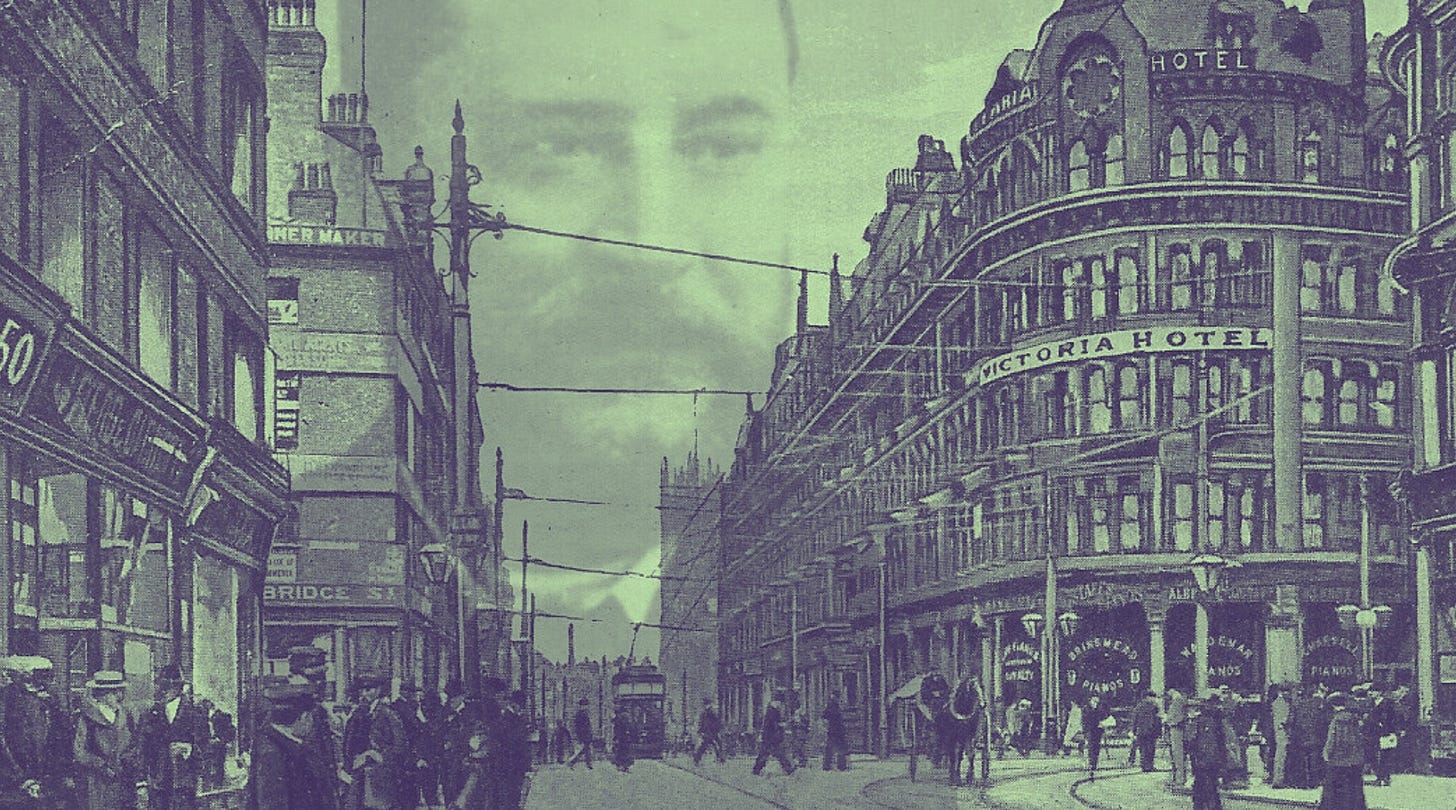Jerome Caminada's first night on the beat
The young police officer who became Victorian Manchester's greatest detective had an eventful night when he went out on patrol for the first time in 1868
Police officers rarely forget their first night on patrol.
And that was also the case for Jerome Caminada — the man who became Victorian Manchester’s greatest detective.
Caminada would become such a famous crime-fighter that he was said to have been a model for Arthur Conan Doyle’s fictional Sherlock Holmes.
But on a bitterly cold Saturday night in March 1…




